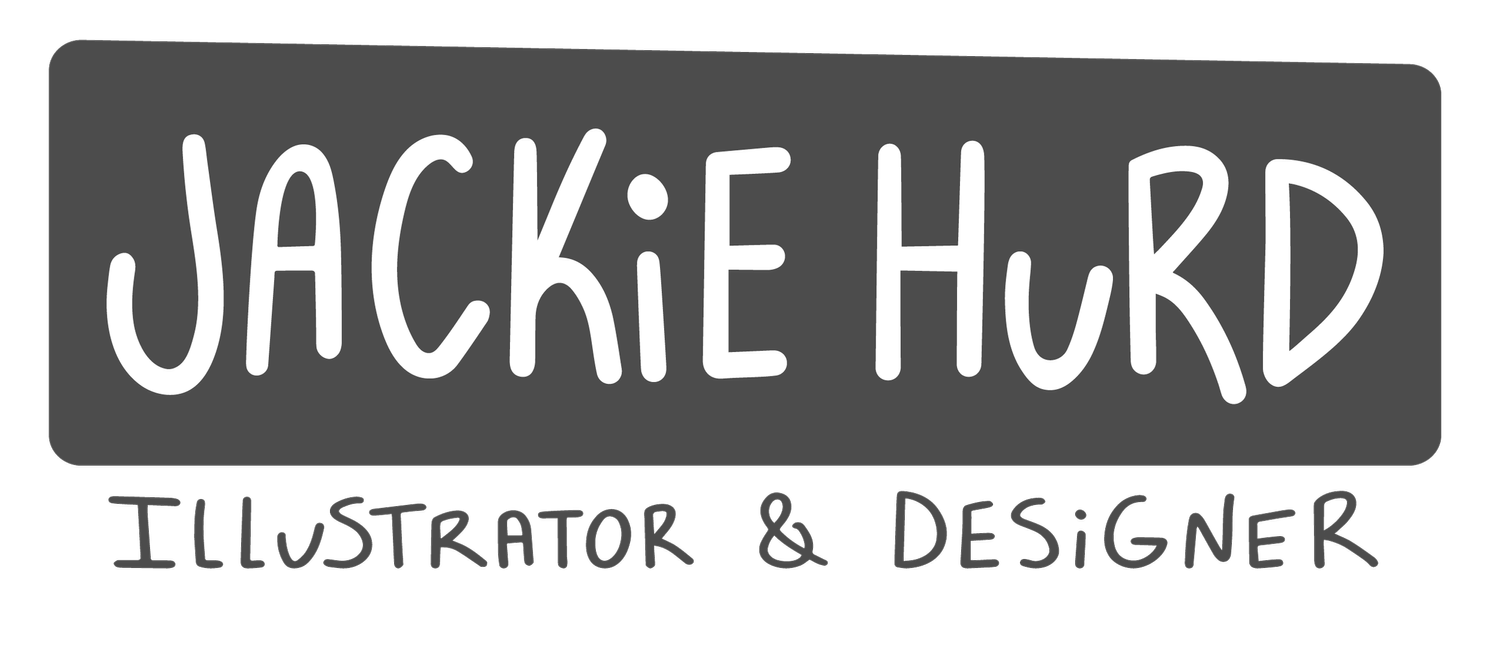Before the Pattern: From Pen to Print
This post contains affiliate links. If you choose to purchase through them, I may earn a small commission at no extra cost to you.
Thank you for supporting my creative career!
Creating a pattern is as much about the tools as it is the vision, so I thought it would be fun to show you what goes into my process and the tools I use before the digital magic begins. This desert-inspired design started as a collection of simple sketches and evolved into a complete, whimsical repeat pattern. Let’s break it down.
The Canvas: Canson Mixed Media Pad
For my drawings, my preferred medium is the Canson Mixed Media 9x12 pad. It’s a great size—large enough to work on multiple illustrations on one page without worrying about the final drawings being too small. The paper itself has just the right amount of texture (or “tooth”) to keep the pencil flowing but not so much that it interferes with fine details. It’s a reliable starting point for any design.
Sketching Tools: Tombow Mono Graph Pencil
The Tombow Mono Graph pencil is a favorite in my toolkit. Its unique shake-to-advance lead mechanism adds a layer of efficiency to my process. No clicking or twisting to interrupt the flow—just sketch and shake. Simple, satisfying, and endlessly practical.
Inking the Details: Derwent Line Marker
When it comes to inking, I believe the tools you choose define the mood of your final design. For this pattern, I skipped my usual India Ink and nibs (great for bold lines and a little unpredictability) and instead opted for the Derwent Line Marker (0.1). Its finer linework added a softer, more rustic quality that perfectly suited the Western Americana theme I was going for.
Precision Erasing: KUM Eraser
Mistakes happen—it’s part of the process. That’s where the KUM eraser shines. It was the eraser I never knew I needed until I received one as a gift a few years ago. Its pencil-like shape makes it easy to handle, offering precision for minor tweaks as I work.
Large Kneadable Eraser
For final cleanups, a large kneadable eraser is a must. It clears away any leftover marks without leaving residue, giving me a clean, polished page to scan. It’s also great for fidgeting!
From Sketchbook to Screen
Once the illustrations were complete, I scanned them into my computer and moved to Adobe Illustrator for the final steps. It’s here that my raw sketches were transformed into a cohesive repeat pattern. Illustrator allowed me to refine the shapes, adjust colors, and ensure every element fit seamlessly into the final design. I’ll share more about that process in another post!
Creating patterns is a mix of tactile and digital work, and I love seeing how each stage of the process builds on the last.



